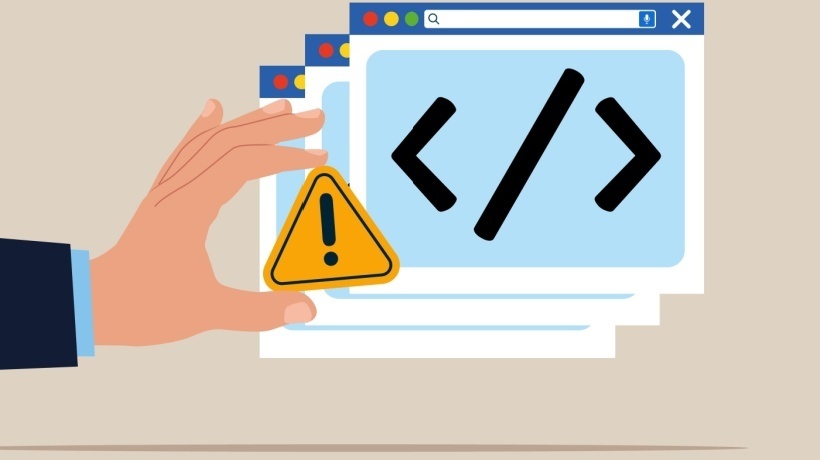Effective Strategies For Remote Organizations
The contemporary business landscape is undergoing a profound transformation, characterized by the increasing prevalence of remote work. As organizations embrace distributed workforces, the need for effective remote management has become paramount. Managing teams across geographical distances presents unique challenges that require innovative approaches and strategies.
This article delves into the complexities of remote organization management, offering practical insights and actionable steps to optimize performance and productivity in a virtual environment. By understanding the benefits and challenges associated with remote work, leaders can develop the necessary skills to build high-performing remote teams and achieve organizational success.
Understanding Remote Organization Management
Remote organization management involves overseeing and coordinating team efforts in a virtual setting. Unlike traditional management, it relies heavily on digital tools for communication and collaboration.
What Is Remote Work?
Remote work is an arrangement where employees perform their duties outside of a traditional office setting. This often involves working from home, but can also include working from co-working spaces, coffee shops, or other remote locations. Key characteristics of remote work include:
- Flexibility
Employees have more control over their work schedules and locations. - Technology-driven
It relies on digital tools for communication, collaboration, and task management. - Diverse locations
Employees can be located in different cities, states, or even countries.
Essentially, remote work is about separating the place of work from the traditional office environment. It empowers employees to work from wherever they are most productive and comfortable.
Benefits Of Remote Work
- Improved work-life balance
Flexible schedules and elimination of commutes. - Increased job satisfaction
Greater autonomy and control over work environment. - Cost reduction for employers
Reduced overhead expenses on office space, utilities, and equipment. - Expanded talent pool
Ability to hire from a wider geographical area. - Higher productivity
Fewer distractions and increased focus for employees. - Reduced environmental impact
Lower carbon footprint due to reduced commuting. - Greater diversity and inclusion
Access to a wider range of perspectives and experiences. - Enhanced employee well-being
Reduced stress associated with commuting and office environments. - Potential for business continuity
Ability to operate even in case of disruptions like natural disasters. - Attracting top talent
Offering remote work options can be a competitive advantage in talent acquisition.
Challenges Of Remote Management
- Communication barriers
The absence of face-to-face interactions can hinder effective communication. - Building team cohesion
Creating a sense of unity and trust among remote team members can be challenging. - Performance monitoring
Tracking and evaluating employee performance without direct supervision is complex. - Technological reliance
Heavy dependence on technology can introduce vulnerabilities and impact productivity.
Essential Strategies For Remote Management
To address these challenges and maximize the benefits of remote work, consider the following strategies:
- Establish clear communication channels
Utilize various communication platforms for different purposes, encouraging open and frequent interactions. - Foster a collaborative culture
Promote teamwork, idea sharing, and virtual team-building activities to enhance collaboration. - Set clear expectations and goals
Define roles, responsibilities, deadlines, and performance metrics to provide clear direction. - Leverage technology effectively
Utilize appropriate digital tools for project management, communication, file sharing, and time tracking. - Prioritize work-life balance
Encourage regular breaks, flexible work arrangements, and support for employee well-being. - Implement regular check-ins
Conduct frequent one-on-one and team meetings to provide feedback, address challenges, and monitor progress. - Measure performance effectively
Develop Key Performance Indicators (KPIs) and performance management systems tailored for remote work.
Tools That Can Help In A Remote Setup
To effectively manage a remote team, organizations should leverage a suite of digital tools to enhance communication, collaboration, and productivity. Here's a breakdown of essential tool categories:
Communication Tools
- Instant messaging platforms
These facilitate real-time text-based communication for quick queries and discussions. - Video conferencing software
They enable face-to-face interactions, team meetings, and presentations. - Project collaboration tools
They provide a central hub for team communication, file sharing, and project management.
Project Management Tools
- Task management applications
They help organize and prioritize tasks, track progress, and assign responsibilities. - Project planning software
These assist in project scheduling, resource allocation, and dependency management. - Collaboration platforms
These facilitate teamwork, document sharing, and version control.
Productivity Tools
- Time tracking software
These monitor the time spent on tasks, projects, and clients. - Calendar and scheduling tools
These coordinate meetings, appointments, and team availability. - Document management systems
These store, organize, and share files securely.
Additional Tools
- Employee engagement platforms
These foster a sense of community and well-being among remote employees. - Digital whiteboarding tools
They enable virtual brainstorming and collaborative problem-solving. - Secure remote access solutions
These provide secure access to company resources for remote employees.
By carefully selecting and implementing these tools, organizations can create a robust remote work environment that supports efficiency, collaboration, and employee satisfaction.
Conclusion
Mastering remote organization management is essential for businesses thriving in today's digital age. Building high-performing remote teams requires a strategic approach that balances technology, leadership, and human connection. By implementing effective communication strategies, fostering a collaborative culture, and providing clear direction, organizations can unlock the full potential of their remote workforce.
Successful remote leadership involves creating a supportive environment where employees feel connected, engaged, and empowered. Through careful planning and execution, organizations can navigate the challenges of remote work and achieve sustained growth and success.






